Reporting to General Secretary and President To Lam, Ho Chi Minh City proposed that the Central Government consider and allow the development of a Law on Management and Development of Special Urban Areas.
General Secretary and President To Lam works in Ho Chi Minh City - Photo: SGGP
Ho Chi Minh City has not yet promoted its position and role in regional connectivity.
At the meeting, the Ho Chi Minh City Party Committee reported on the implementation of the 13th National Party Congress Resolution since the beginning of the term and the implementation of Directive 35 of the Politburo on Party Congresses at all levels towards the 14th National Party Congress. The report, in addition to stating positive results, limitations, weaknesses, and difficulties, also clearly pointed out obstacles and bottlenecks in institutional linkage and regional development in Ho Chi Minh City. According to the report, Ho Chi Minh City plays an important role in attracting investment and becoming a hub for exchanges with regions across the country and internationally, playing an important role in regional development. To date, Ho Chi Minh City has cooperated in socio-economic development with 36 localities nationwide. Enterprises in the city have invested and contributed to the formation of many industrial parks in the provinces, creating jobs for local people and reducing the pressure on migration of working-age people to Ho Chi Minh City. The Ho Chi Minh City region has 8 provinces, of which Ho Chi Minh City accounts for 42% of the total population. The city is planned to play the central role of a region with over 30 million people by 2030, especially the regional connectivity of the transportation system, the particularly attractive urban quality, the center of investment attraction, the center of startups, the center of science and technology and the key tourist destination of the whole region. However, according to the report, for many years, Ho Chi Minh City has not promoted its position and role in regional connectivity because the mechanisms and policies have not been formed synchronously and fully, especially in mobilizing resources for regional-scale projects. The institutional framework for regional cooperation and connectivity is not complete, has not created the form and motivation for localities in the region to be proactive, dynamic and creative in regional development activities. The regional coordination apparatus is not effective and efficient. Vietnam's institutional system is designed with a management mindset based on administrative boundaries and the vision of each sector. Regulations are designed and operated for the whole country, with very limited designs that take into account the conditions and characteristics of each region.Standing Deputy Secretary of the Ho Chi Minh City Party Committee Nguyen Ho Hai reported on the implementation results of the Resolution of the 13th Party Congress and the 11th City Party Congress - Photo: VNA
Allow the development of a special Law on Urban Management and Development
In addition, some management institutions create overlap between the Central and the City. Management information databases are forced to be centralized and follow the Central's design standards while the city has its own characteristics and requirements... At the same time, the limitations within institutional frameworks also create competition between localities in requesting - granting special institutions and policies. It is necessary to strengthen regional connectivity to expand the rear area, increase the role of the Southeast and Southeast Asia center of Ho Chi Minh City in attracting investment. From the institutional practice of the City, the Ho Chi Minh City Party Committee recognizes the need for breakthrough innovation to overcome the legacies of the centralized planning mechanism in the administrative system, and eliminate the legal basis of the request - grant mechanism. Ho Chi Minh City recommends that the Central consider and allow the development of a special Law on Urban Management and Development. It is recommended that ministries and branches pay attention to directing the acceleration of investment and construction of national and regional infrastructure in the city. There should be policies to attract human resources from everywhere by building economic clusters of services, trade, and innovation in the regions. Urban and industrial park development in Ho Chi Minh City needs to be placed in a regional context to have a competitive advantage, which is the quality of human resources, especially in the high-tech sector and the ability to access strategic logistics infrastructure.Tuoitre.vn
Source: https://tuoitre.vn/lam-viec-voi-tong-bi-thu-chu-tich-nuoc-to-lam-tp-hcm-kien-nghi-co-luat-ve-do-thi-dac-biet-20240817152616715.htm

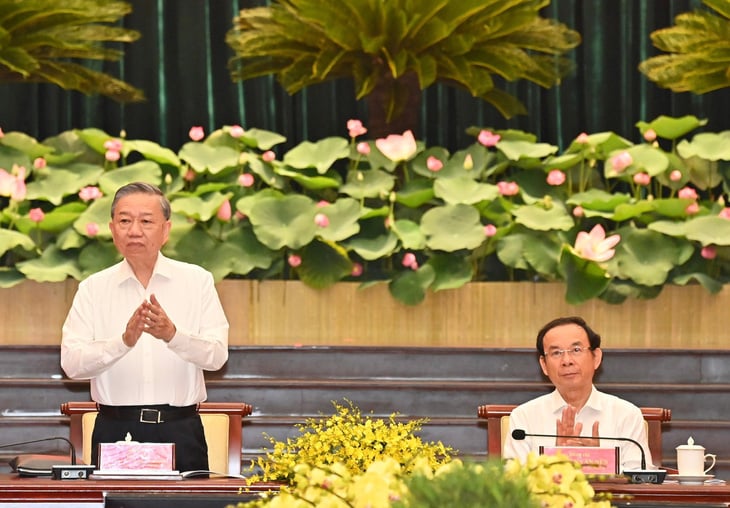
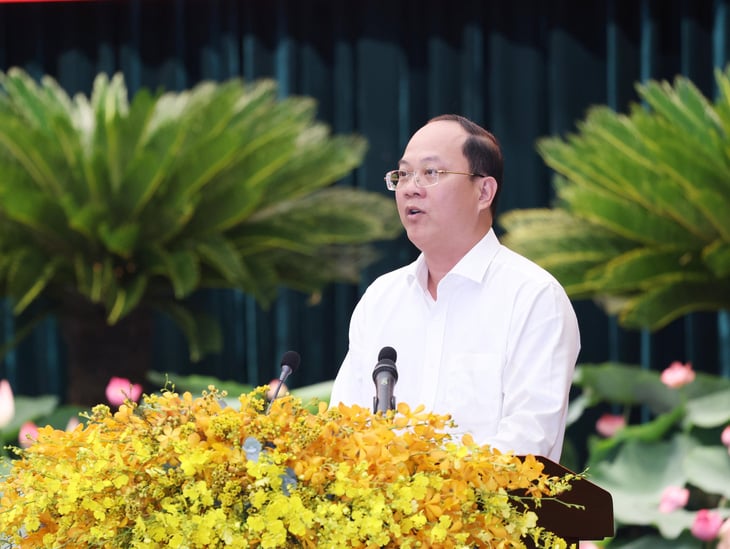







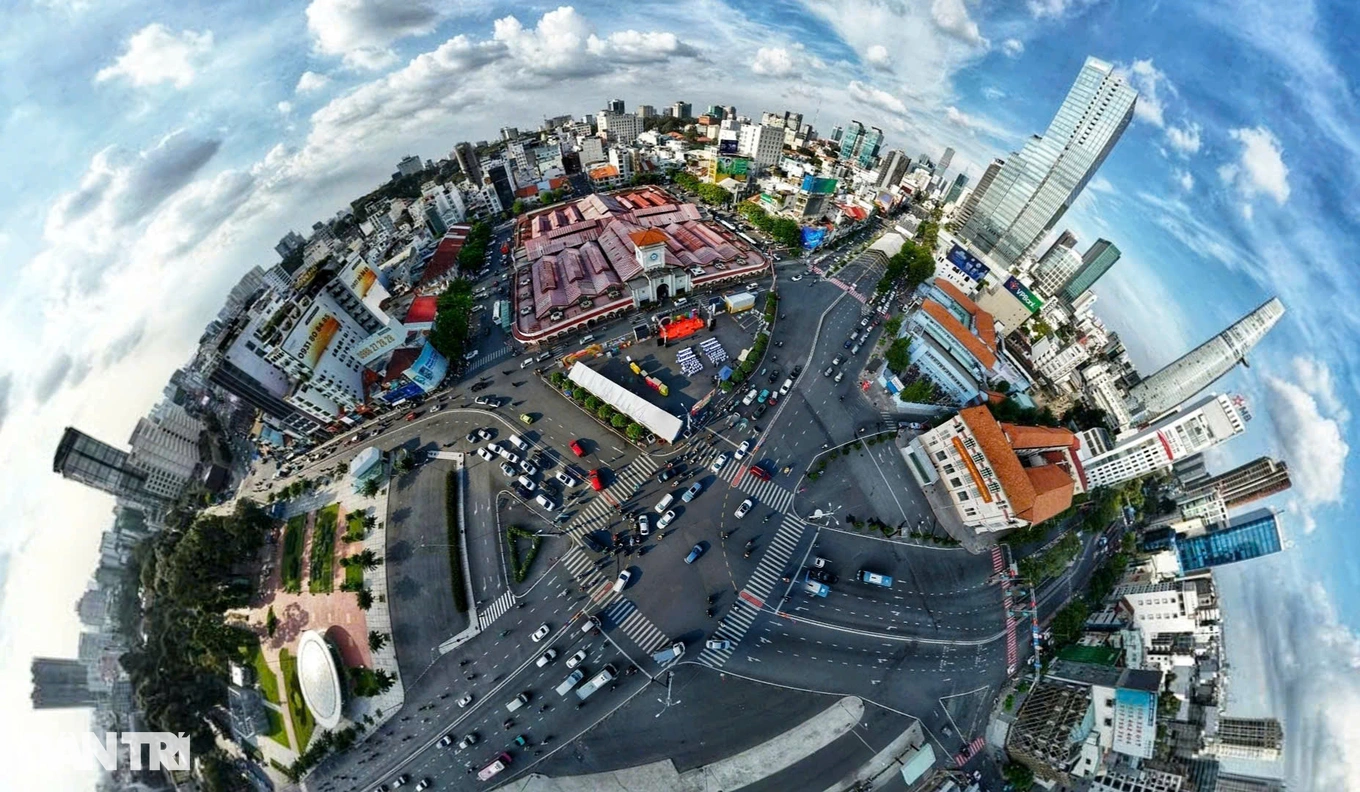





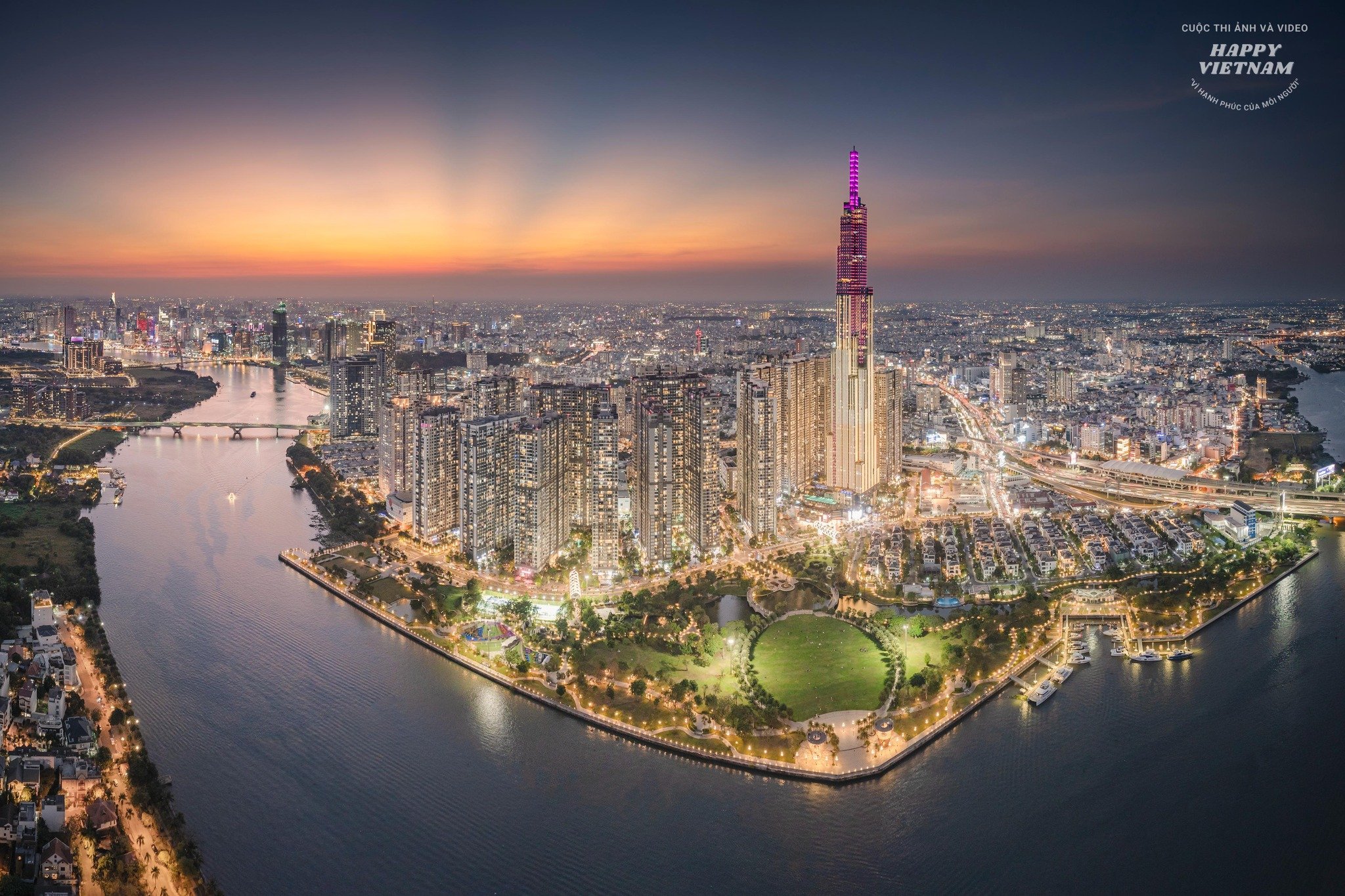

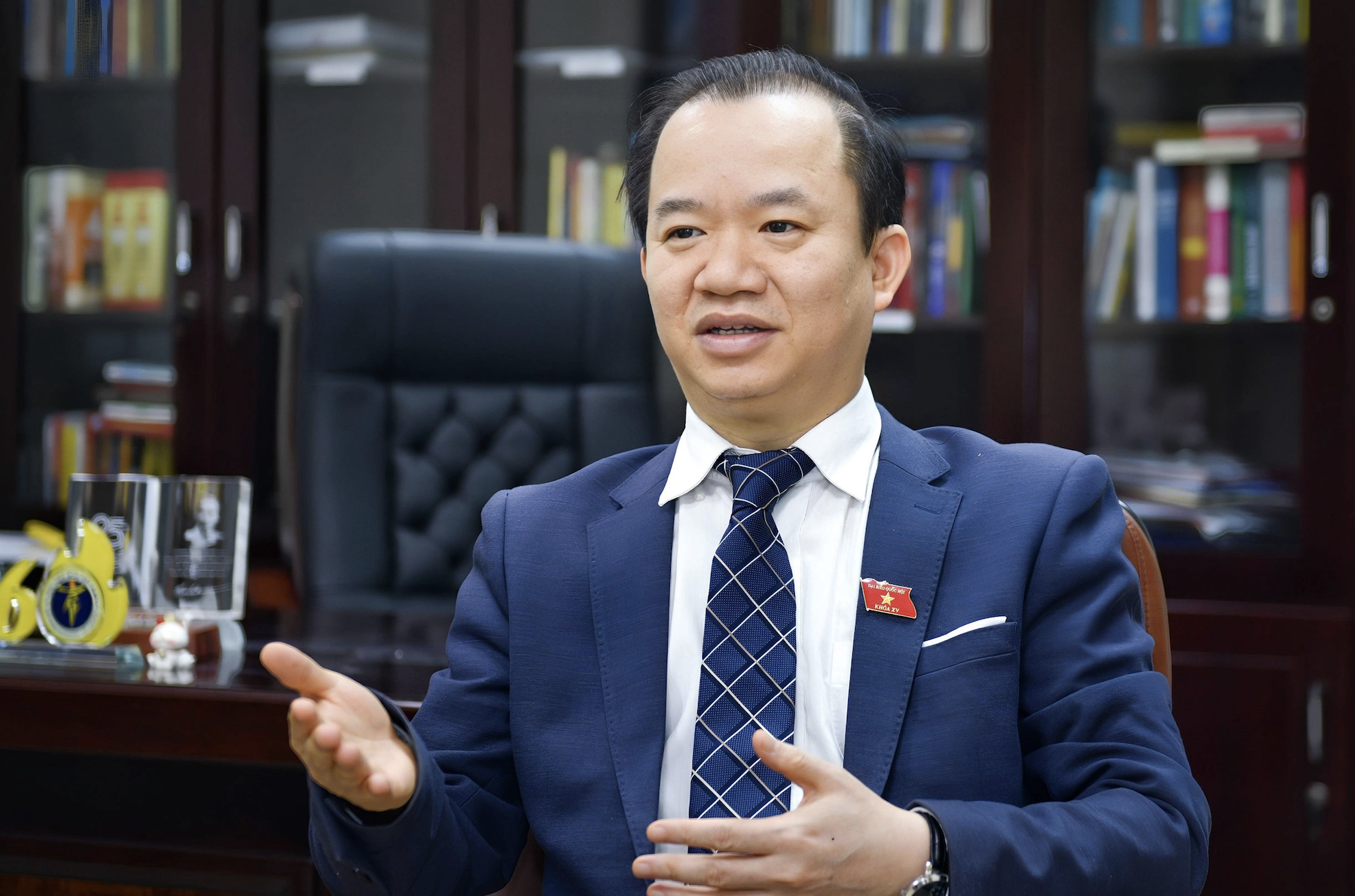
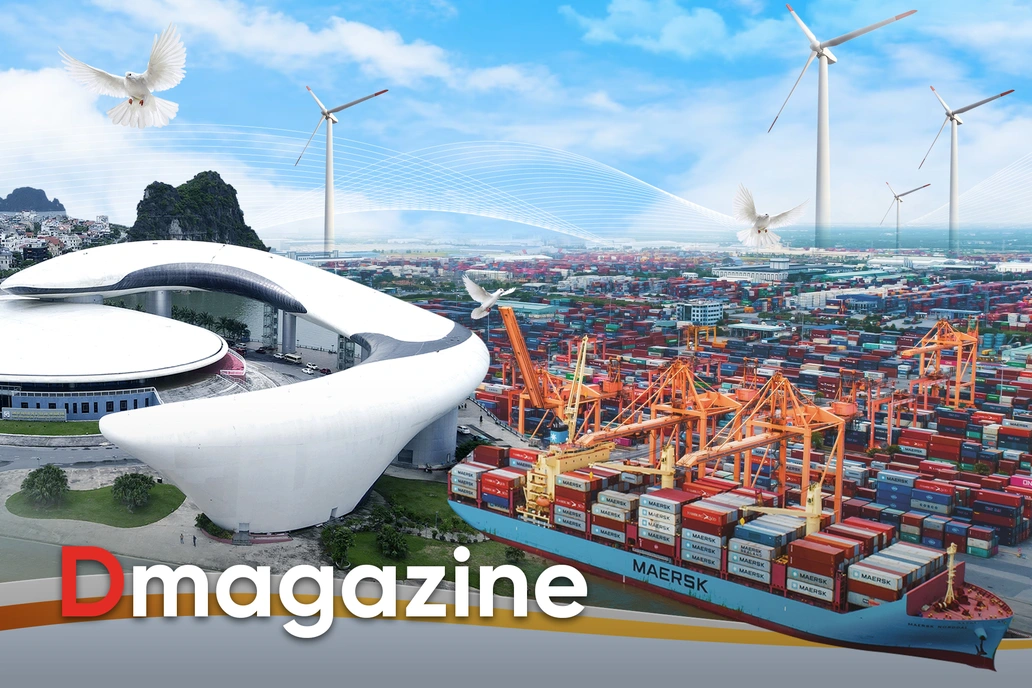
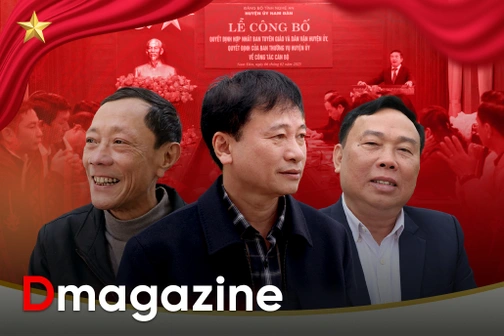
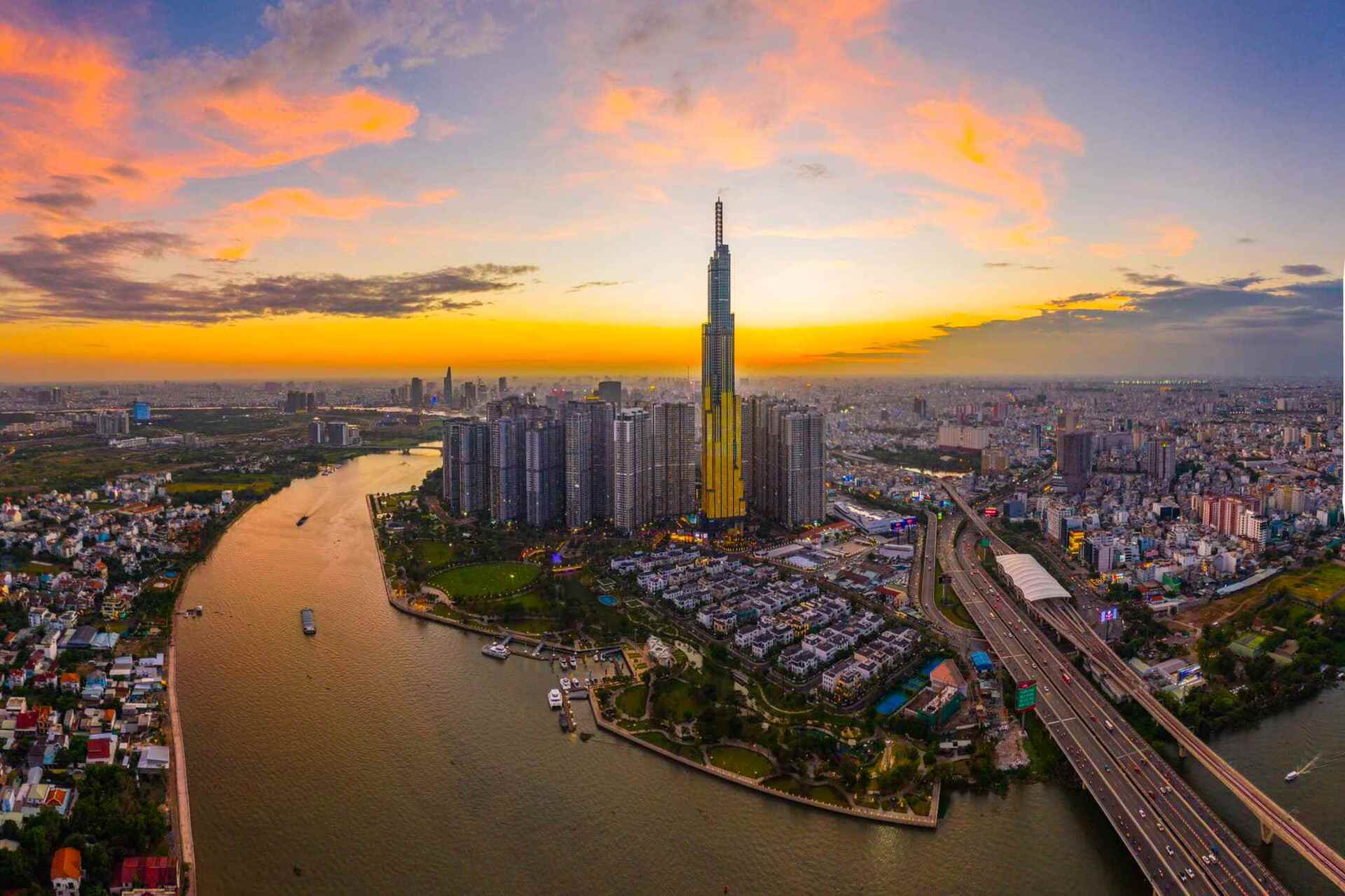





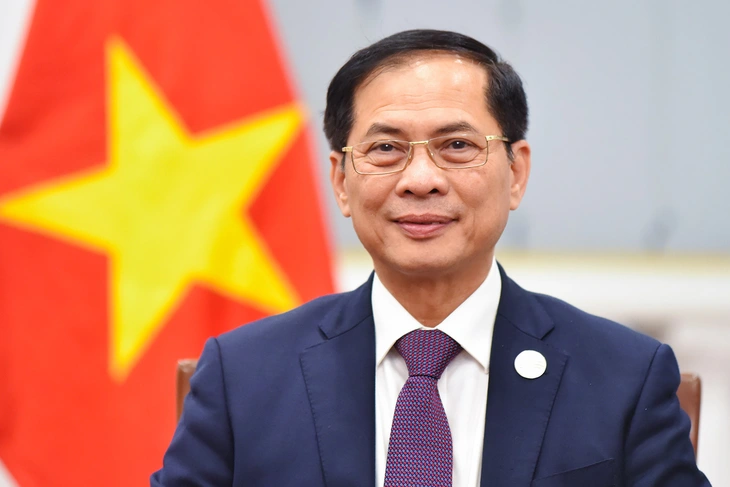



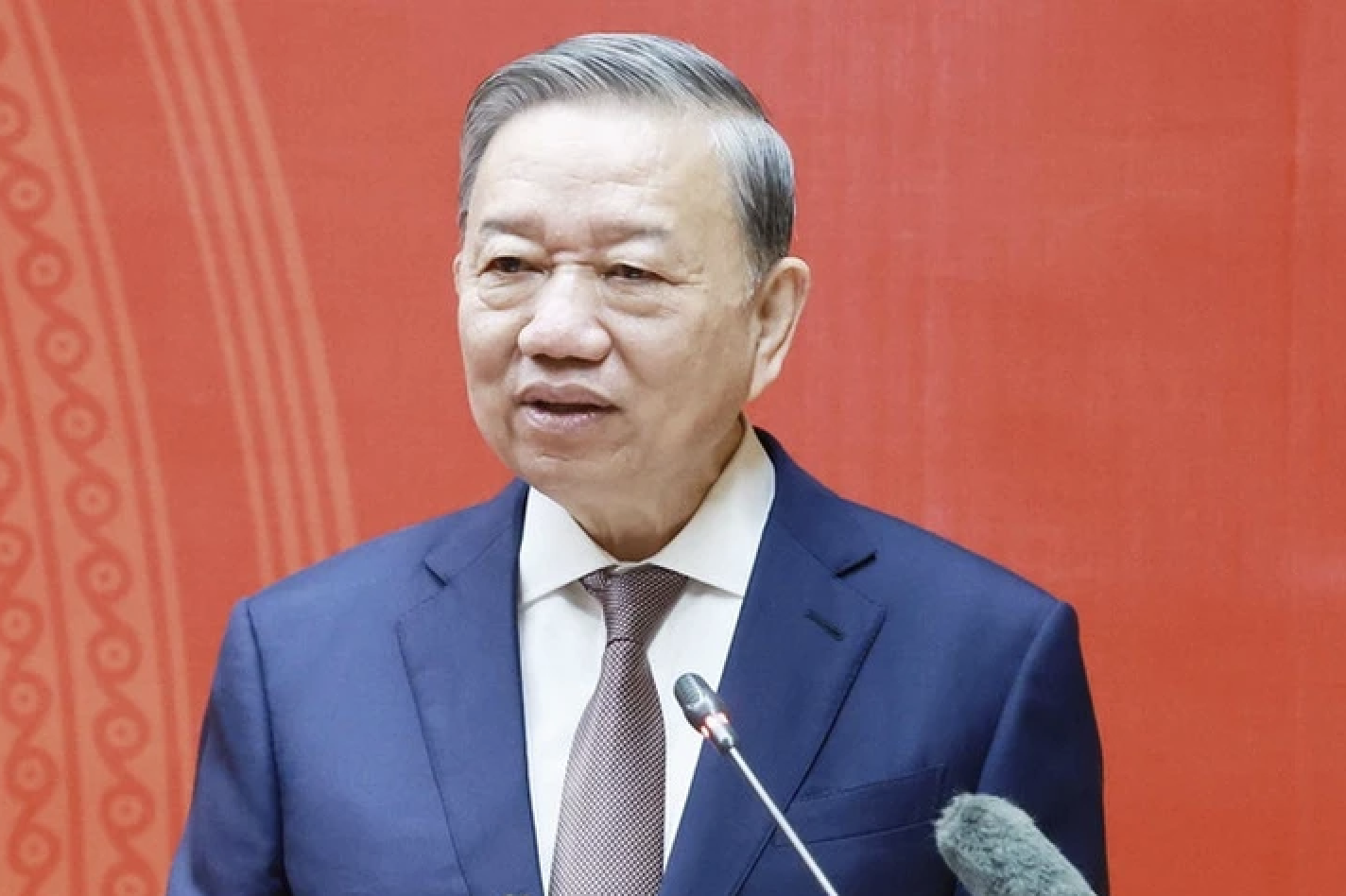







![[Photo] Prime Minister Pham Minh Chinh chairs Government Conference with localities on economic growth](https://vstatic.vietnam.vn/vietnam/resource/IMAGE/2025/2/21/f34583484f2643a2a2b72168a0d64baa)

















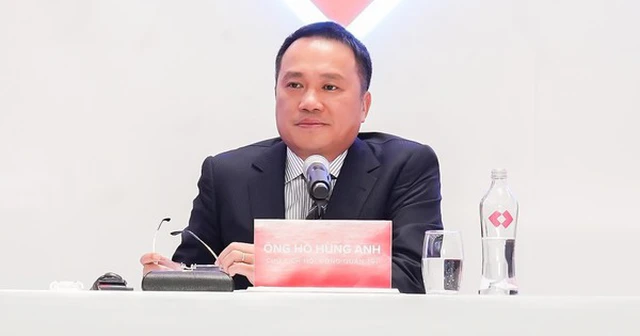











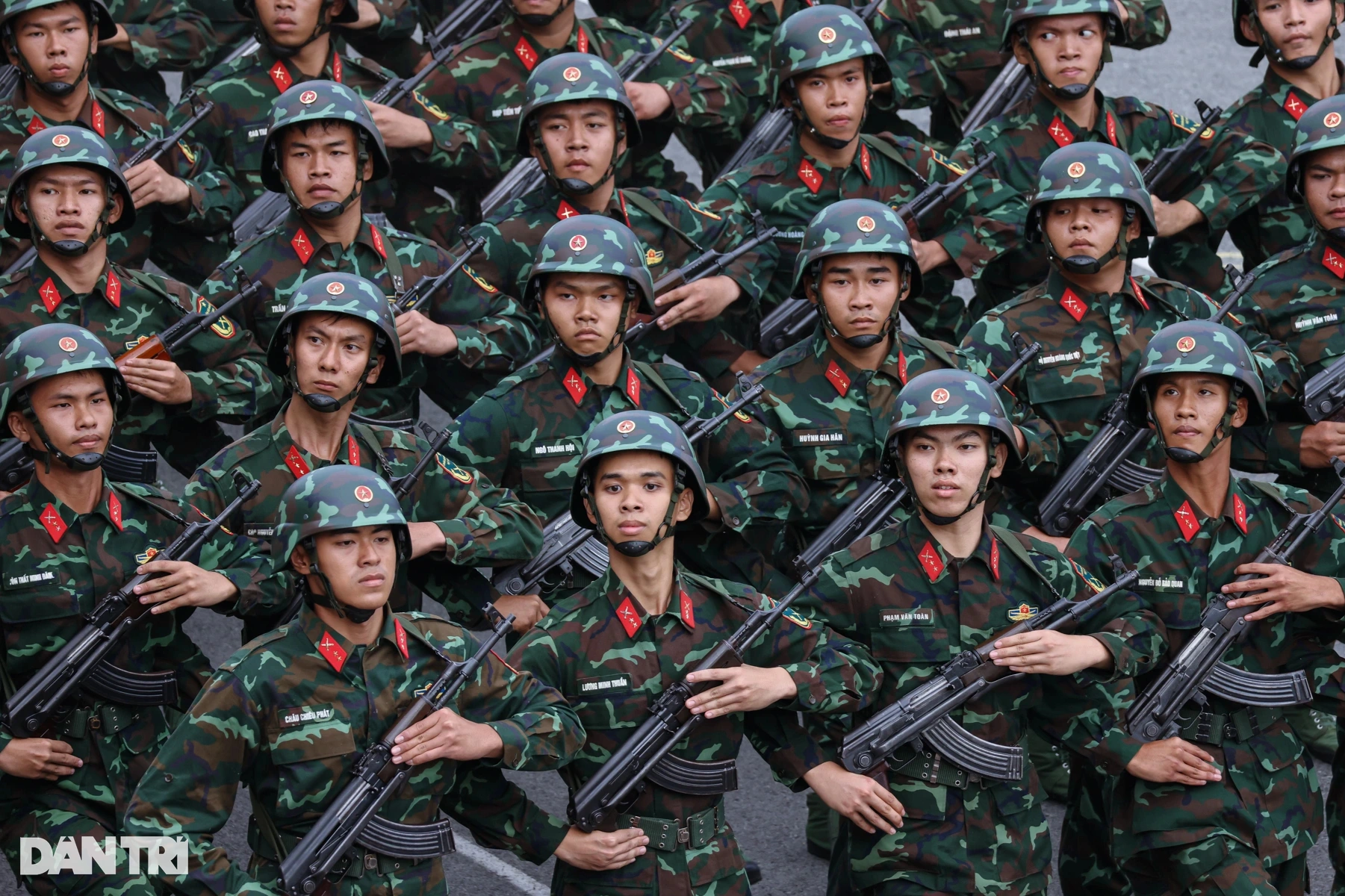
























Comment (0)